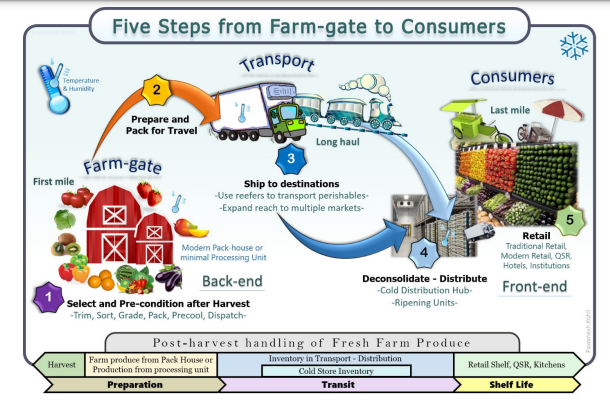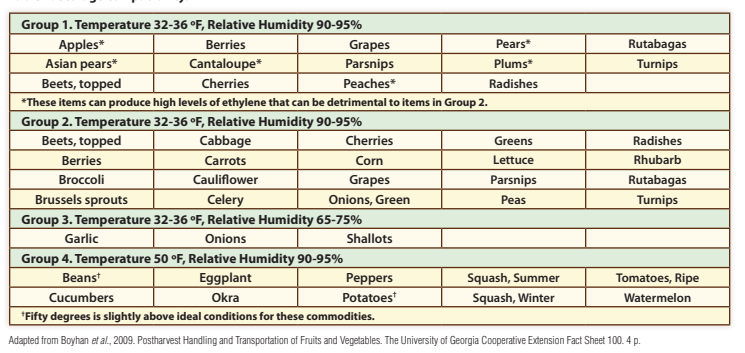The Benefits of Using a Multi-Commodity Cold Storage Warehouse

Admin
December 13, 2022


December 13, 2022

India is one of the fastest-growing economies and the largest producer of Agri commodities. In fact, we are also the second largest consumer market. Moreover, proactive government policies and investments in world-class ports, logistics and supply chain infrastructure put India at the advantage to advance cold chain solutions across industries.
The cold chain acts as a bridge between farmers and consumers, ensuring that agriculture is more sustainable, profitable, and productive. That is why investment in a multi-commodity cold storage warehouse, can not only solve the country’s need for specialised cold storage but also generate opportunities for other value-added services such as sorting, grading, and packing of the products.
So, let us understand more about multi-commodity cold storage warehousing and its numerous benefits for farmers, traders, and consumers.
India produces more than 400 million MT of perishables every year including dairy, meat, horticultural produce, poultry, and fish. Unfortunately, wastage in perishables is significantly higher—4.6 to 15.9% in fruits, approx. 5.2% in inland fish, 10.5% in marine fish, 2.7% in meat and 6.7% in poultry. Annually, the estimated value of losses in Agri produce amounts to INR 92,651 crores whereas, in fruits, vegetables, meat, fish, and milk, it is estimated at 50, 473 crores.
As per a report by the National Horticultural Board, the total cold storage capacity in India is estimated at 31.8 million. The capacity utilisation stands at 75%, which indicates the sustainability of the cold chain businesses in India! Currently, approximately 60% of the total cold storage capacity is located in Uttar Pradesh and West Bengal, and the majority of the cold storage is used for a single commodity, i.e. potato.
In fact, 75% of the total cold storage facilities in India are primarily for potatoes and only 25% are multi-commodity cold storage.
This presents a huge opportunity for constructing multi-commodity cold storage warehouses and increasing capacity for reducing the losses in the supply chain of perishable temperature-sensitive products.
Before we dive into the benefits of a multi-commodity cold storage warehouse, let us look at what a typical farm-to-consumer journey looks like.

In this journey, the cold chain helps link supply with consumer demand, improves market reach, and makes agriculture more sustainable.
Multi-commodity cold storage warehouses are used for storing a wide array of food products and fresh produce (fruits, vegetables, dairy products, meat, poultry, etc.) that require different temperatures and storage conditions. You may have a look at the given table to know about the storage compatibility of different fruits and vegetables.

Here are some of the benefits of using a multi-commodity cold storage warehouse.
Here are some of the critical operational components of a multi-commodity cold storage warehouse or a cold storage facility.
The cold storage plant plays a role in helping producers get the best return and make the perishable farm products available to the end customers at competitive prices.
The cold storage project should ideally be located near the farms/production areas or consumer centres.
The project cost for setting up 5000 MT Cold Storage may be around INR 350 to 400 lakh, including the cost of the land. For mini cold storage, the cost can range from INR 50 lakh to INR 2.5 crores. The cold storage cost, thus, varies depending on the storage capacity, technical equipment, and the type of perishable food item stored.
Rinac comes with strong industrial experience and expertise in cold chain solutions including multi-commodity cold storage warehouses.
Its multi-commodity cold storage warehouses are equipped with
To know more about the right storage solutions for the cold chain including CA chambers, refrigerated transportation, and step-in chillers and freezers, get in touch with us today!


March 28, 2025

March 8, 2025

March 20, 2025